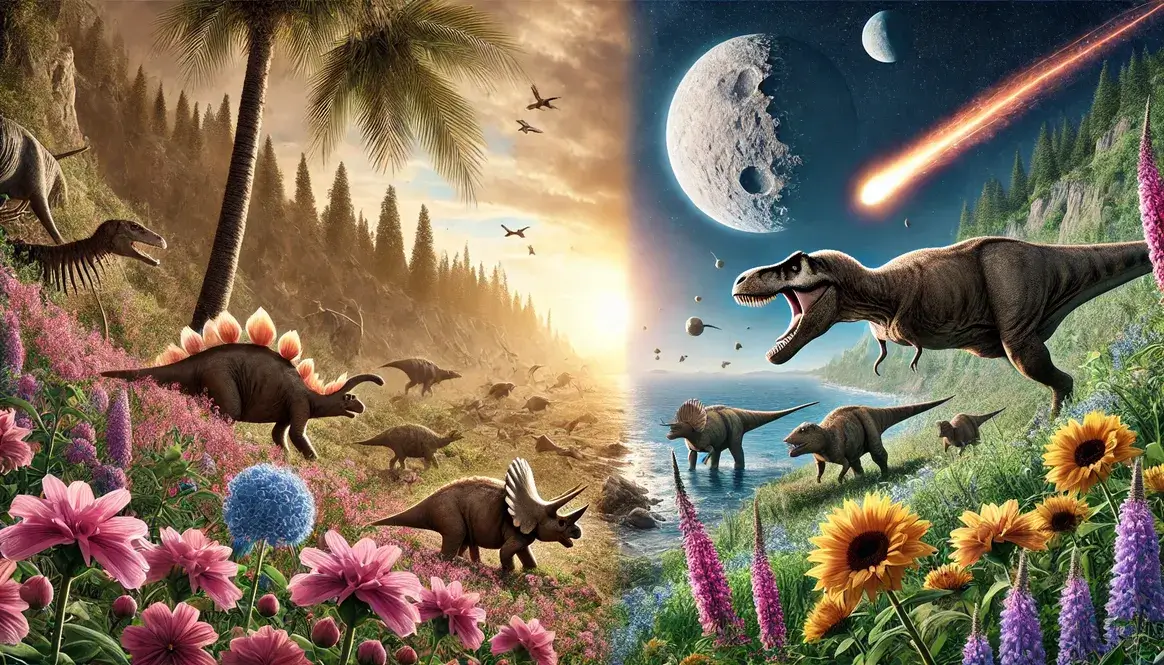
Dinosaurs roamed the Earth for over 180 million years, leaving an indelible mark on our planet's history. This vast span of time is divided into three main periods: the Triassic, Jurassic, and Cretaceous.
Each period had its own unique characteristics, including distinct dinosaur species, climate patterns, and vegetation.
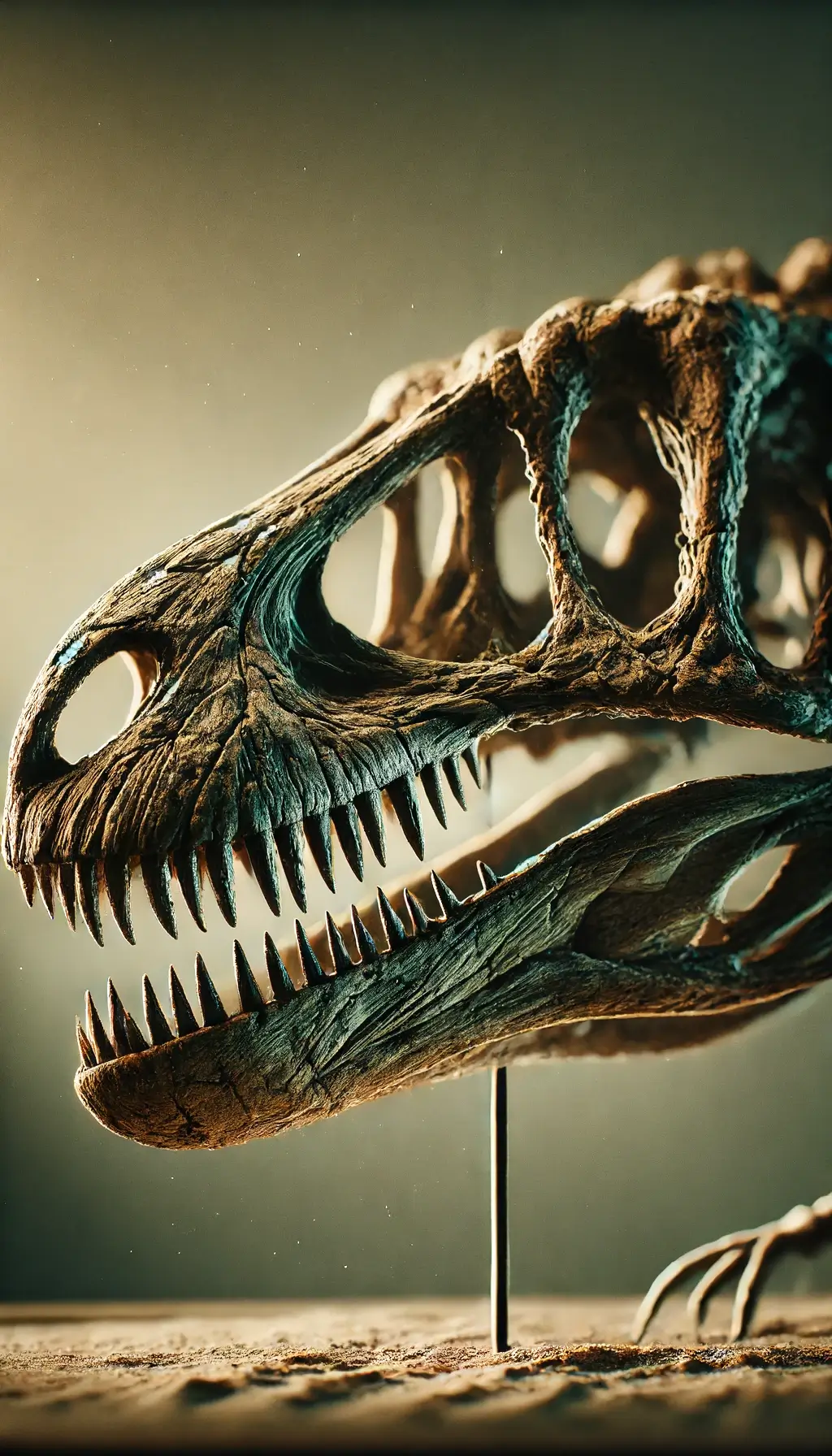
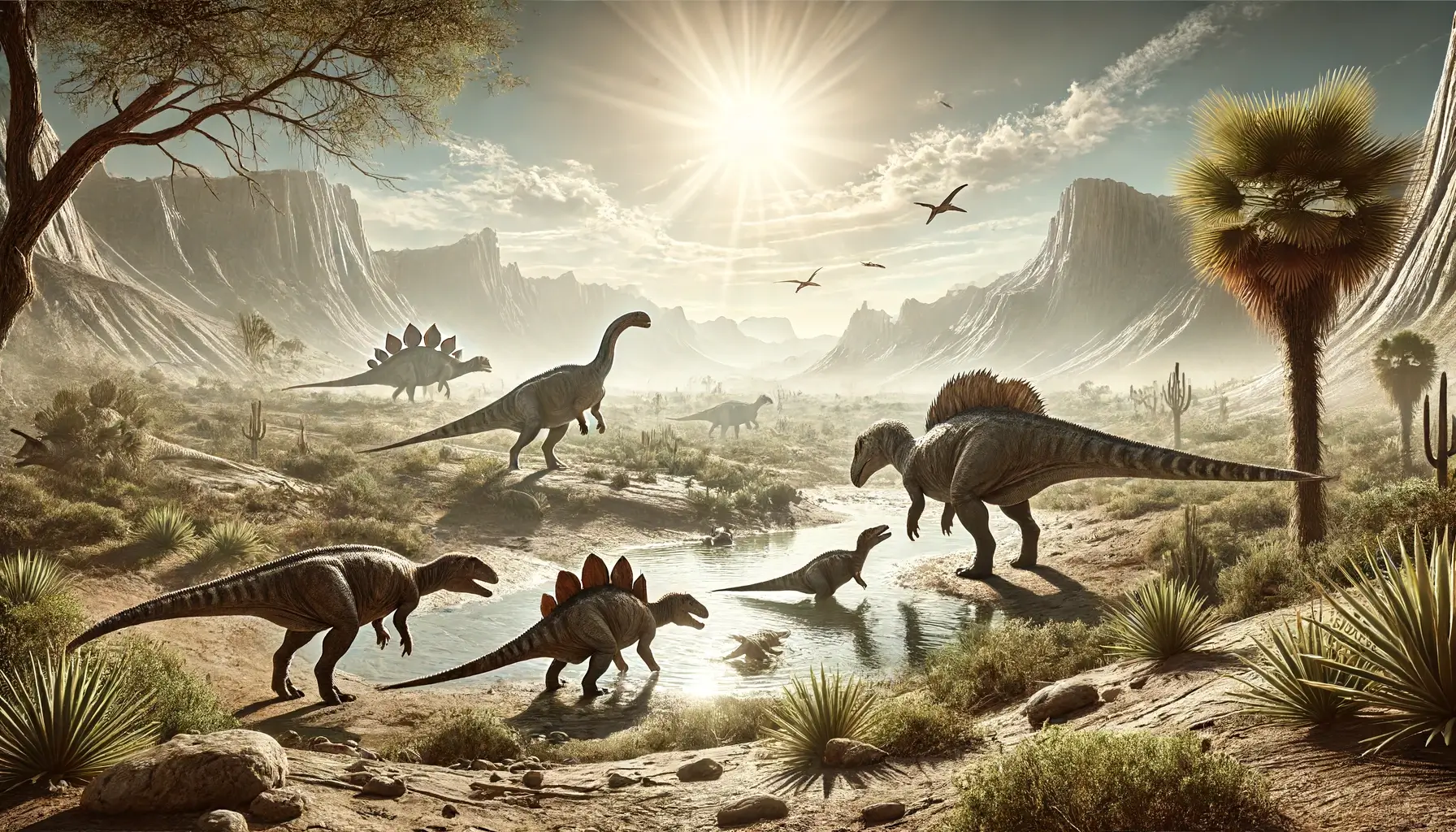
During the Triassic Period (252 to 201 million years ago), the first dinosaurs began to appear, having evolved from reptiles called Archosaurs. The supercontinent Pangaea dominated the Earth, and the climate was generally hot and dry. Iconic dinosaurs of the Triassic include Coelophysis and Plateosaurus.
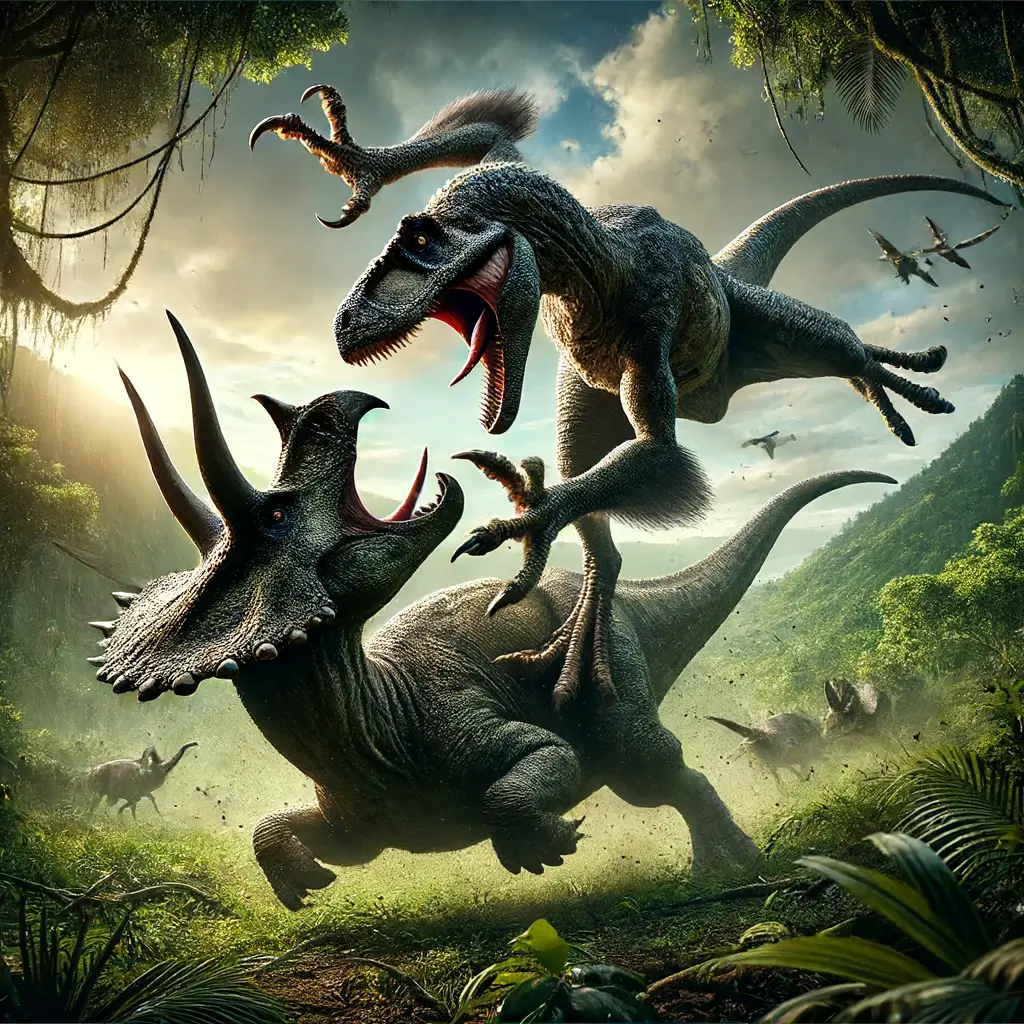
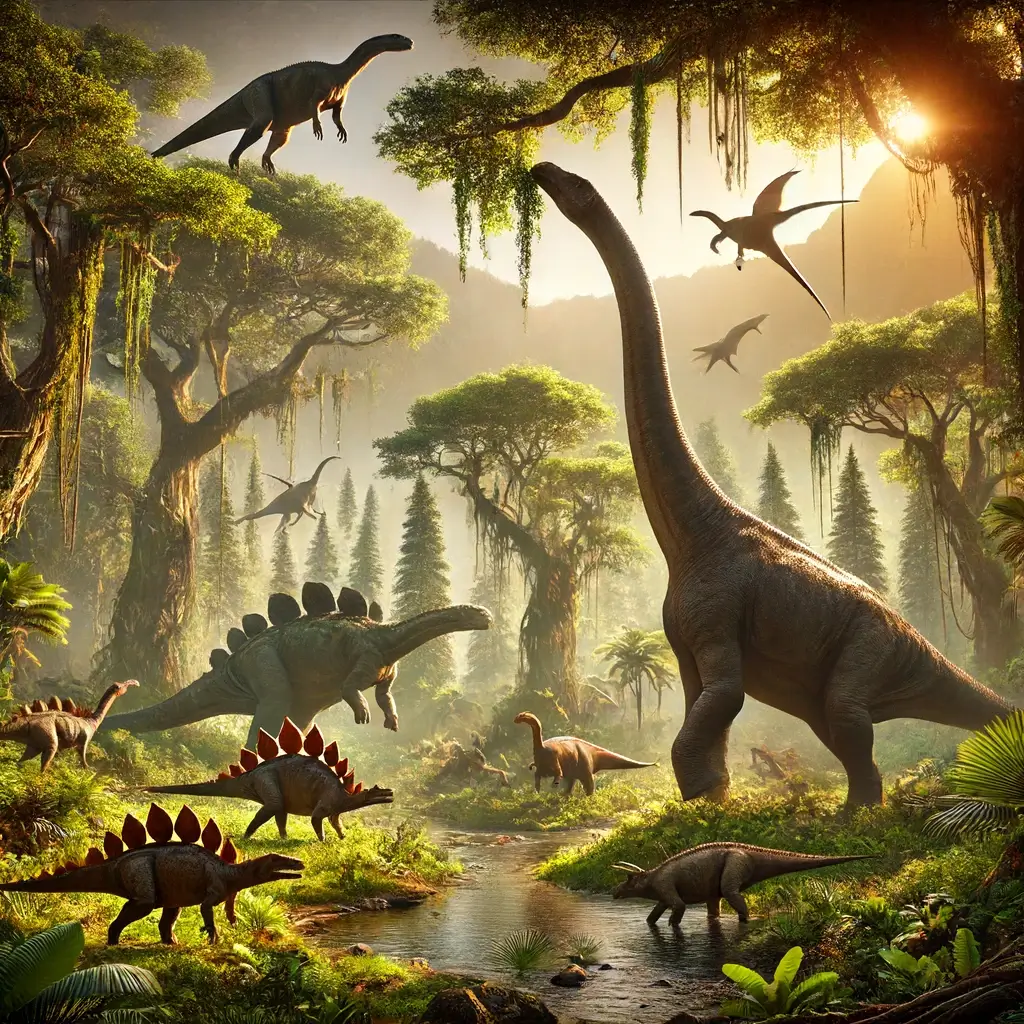
The T. Rex is one of the most iconic dinosaurs for most people
The Cretaceous was the final and longest period in the age of dinosaurs. It ended with the Cretaceous-Paleogene extinction event, which wiped out the non-avian dinosaurs.
The three main dinosaur time periods are the Triassic, Jurassic, and Cretaceous periods. These periods span from approximately 252 million years ago to 66 million years ago.
The Triassic Period lasted from 252 to 201 million years ago (51 million years), the Jurassic Period lasted from 201 to 145 million years ago (56 million years), and the Cretaceous Period lasted from 145 to 66 million years ago (79 million years).
At the end of the Triassic Period, there was a mass extinction event that wiped out many species, including some early dinosaur groups. However, dinosaurs survived and thrived during the Jurassic and Cretaceous periods. At the end of the Cretaceous Period, a massive asteroid impact and volcanic eruptions caused the extinction of non-avian dinosaurs.
No, different dinosaur species lived during each period, and many species were specific to a particular period. Some dinosaur groups, such as sauropods and theropods, existed throughout all three periods but were represented by different species in each period.
The climate and environment varied between the Triassic, Jurassic, and Cretaceous periods. The Triassic was generally hot and dry, the Jurassic was warm and humid, and the Cretaceous had a warm climate that cooled towards the end of the period. The distribution of continents and oceans also changed throughout these periods due to plate tectonics.
Many other animals coexisted with dinosaurs during the Triassic, Jurassic, and Cretaceous periods, including marine reptiles like plesiosaurs and ichthyosaurs, flying reptiles called pterosaurs, early mammals, crocodilians, turtles, fish, and invertebrates.
Scientists study dinosaurs by examining fossils, which are the preserved remains or traces of ancient life. Paleontologists excavate, prepare, and analyze dinosaur fossils, including bones, teeth, eggs, and footprints. They also study the rock layers and geological context in which fossils are found to learn about the environment and climate of the time.